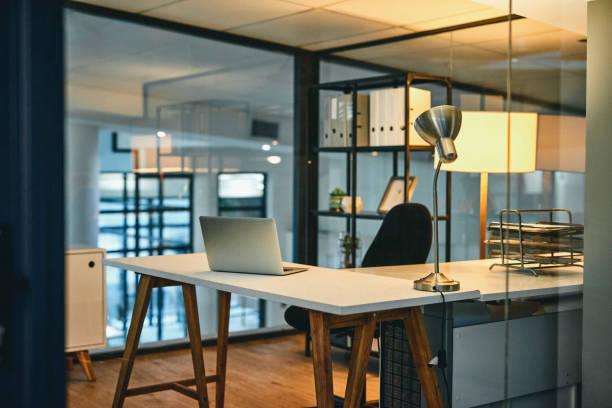In the ever-evolving landscape of workplace dynamics, the concept of teamwork has taken center stage. From multinational office cubicle corporations to small local businesses in the Philippines, fostering collaboration and camaraderie among employees has become a crucial aspect of organizational success. One key element in achieving this goal is the design and implementation of collaborative workspaces, where the traditional cubicle transforms into a hub of creativity and synergy.
Gone are the days of isolated cubicles where employees worked in silos. Today, modern workplaces in the Philippines are embracing open-plan designs that encourage interaction and communication. This shift is not merely about aesthetics; it is a strategic move to enhance productivity and innovation by creating environments that support teamwork.
One of the primary benefits of collaborative workspaces is the breakdown of physical barriers. When employees are no longer confined to individual cubicles, they are more likely to engage in spontaneous conversations and idea-sharing. This free flow of communication can lead to the rapid exchange of information, problem-solving, and the generation of new ideas.
Moreover, collaborative workspaces in the Philippines are often designed to cater to different work styles and preferences. From quiet nooks for focused work to vibrant communal areas for brainstorming sessions, these spaces are versatile and adaptable. Employees have the freedom to choose where and how they work best, fostering a sense of ownership and autonomy.
The rise of remote work in the Philippines has further emphasized the importance of creating spaces where employees can come together. While technology enables virtual collaboration, there is no substitute for face-to-face interaction when it comes to building strong working relationships. Collaborative workspaces serve as the physical anchor for teams to connect, bond, and forge meaningful connections.
In addition to enhancing teamwork, these spaces also contribute to employee well-being. The open, airy designs promote better air circulation and natural light, creating a healthier work environment. Studies have shown that exposure to natural light can improve mood and productivity, leading to happier and more engaged employees.
Furthermore, collaborative workspaces often incorporate elements of biophilic design, bringing nature indoors. This can include the use of plants, green walls, and natural materials, which have been proven to reduce stress and increase creativity. In a country like the Philippines, where nature is abundant and celebrated, this design approach resonates deeply with employees.
To fully leverage the potential of collaborative workspaces, organizations in the Philippines are also investing in the right tools and technology. From digital collaboration platforms to interactive whiteboards, these tools facilitate seamless communication and idea-sharing among team members, regardless of their physical location.
However, the transition to collaborative workspaces is not without its challenges. It requires a cultural shift where employees are mobile pedestal encouraged to move away from traditional notions of hierarchy and status. Open-plan designs can also pose distractions for some, necessitating the need for designated quiet areas for focused work.
Moreover, the COVID-19 pandemic has highlighted the importance of health and safety in shared workspaces. Organizations must now prioritize measures such as regular cleaning, adequate ventilation, and physical distancing to ensure the well-being of their employees.
In conclusion
The collaborative cubicle represents a paradigm shift in how workplaces are designed and utilized in the Philippines. By fostering teamwork, communication, and creativity, these spaces are not just about physical structures but about creating a culture of collaboration. As organizations continue to adapt to changing work dynamics, investing in collaborative workspaces will be key to staying competitive and nurturing a motivated and engaged workforce.
From the bustling streets of Manila to the serene landscapes of Cebu, the collaborative cubicle is a symbol of progress and innovation in the Philippines’ evolving work culture. As teams come together in these vibrant spaces, they embark on a journey of discovery, innovation, and shared success.
Apart from that if you want to know about “A Dive Into What Makes a Great CEO” then please visit our “Small Businesses” Category.







